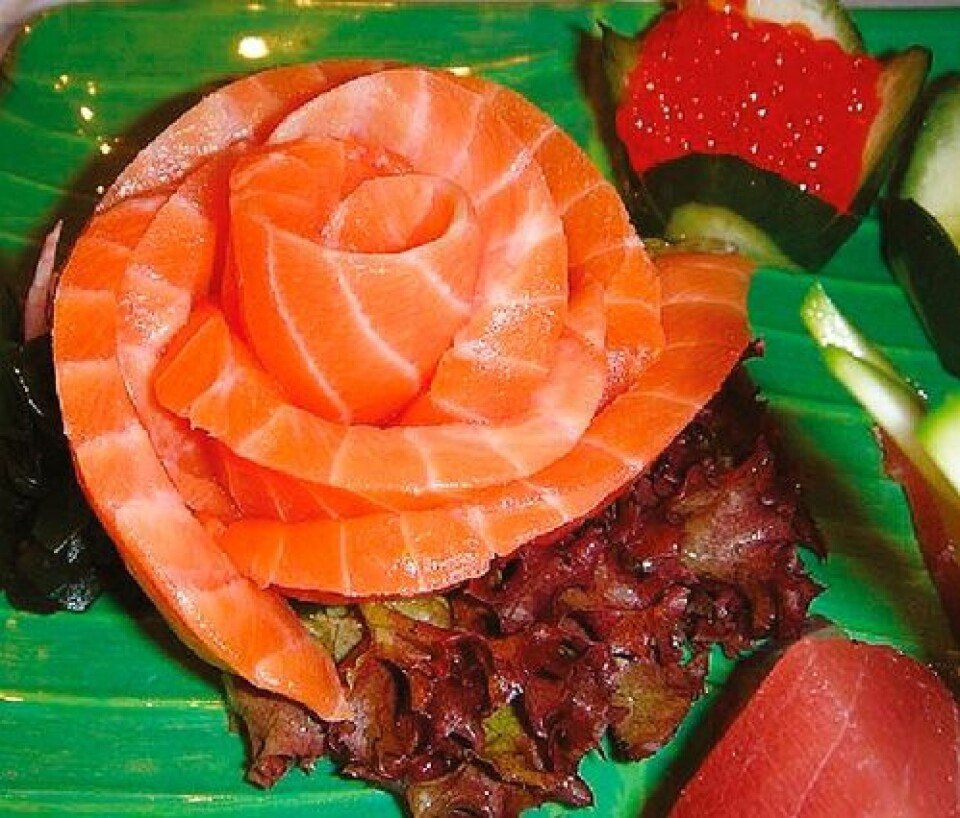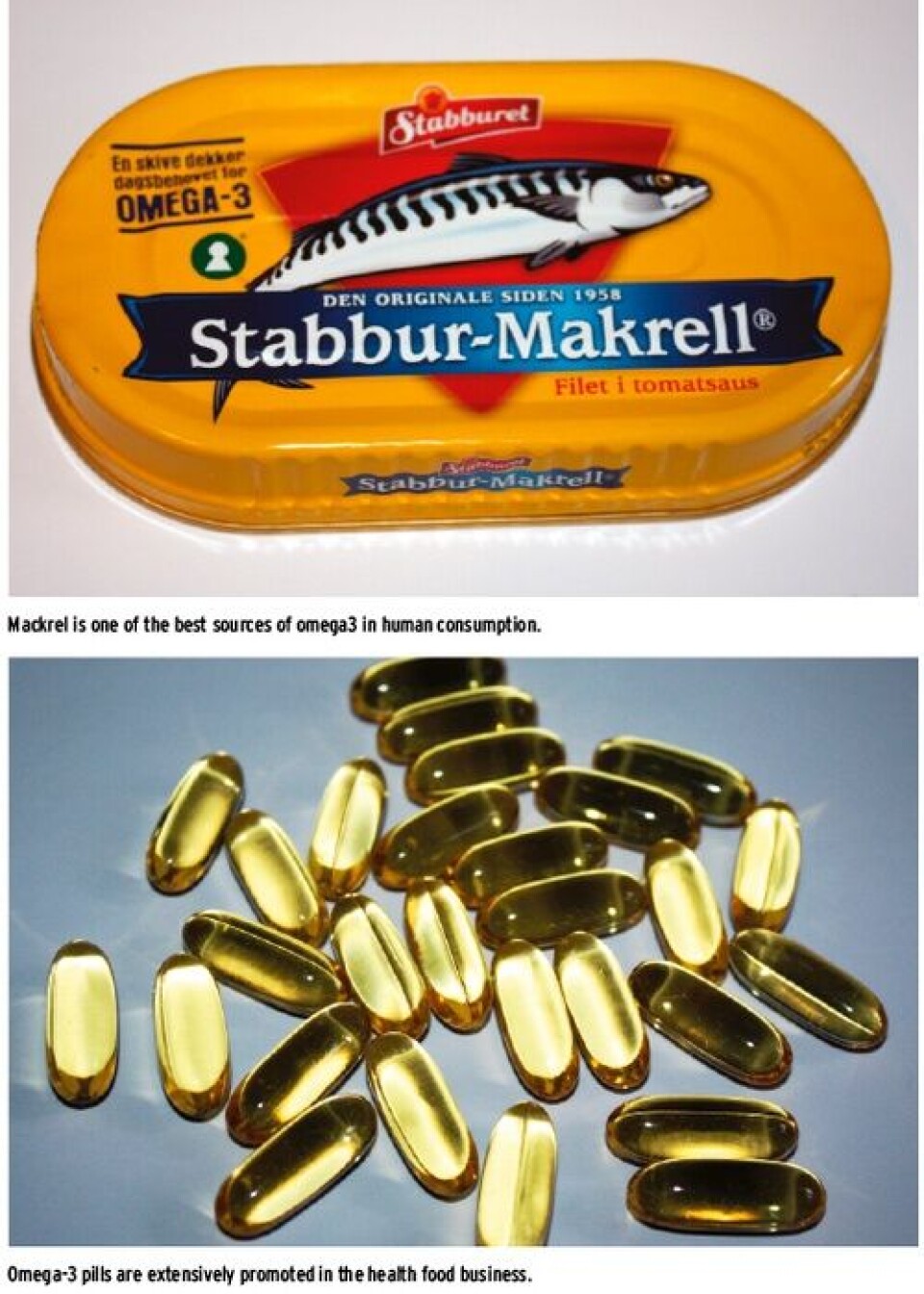NORWAY - More than 70 per cent of Norwegian salmon feed now plant based
by Aquafeed.com Staff

In 2013, marine raw materials for the first time represented less than 30 per cent of the feed for Norwegian farmed salmon, a report shows. Scientist Trine Ytrestøyl of Nofima has led the work of documenting the status of utilization of the raw materials used in feed for Norwegian aquaculture. The 2014 report includes a resource budget for Norwegian salmon production in 2013 that shows the flow of nutrients from feed raw materials to whole salmon and edible product. She has received data from the three largest feed companies in Norway, with information about what ingredients are used in feed for Norwegian farmed salmon. “This is an exemplary documentation of the actual use of feed resources in an industry. No other type of food production in Norway has produced such complete documentation before. It is unique that an industry is so open about its use of feed ingredients,” says Ytrestøyl. The report shows how the feed companies are choosing to solve the challenges of high production growth with relatively little access to fish meal and fish oil. The nutrients that farm salmon need must be obtained from other raw materials and it is here that plant materials dominate. In 1990, some 90 per cent of the feed for Norwegian farmed salmon came from marine raw material. The corresponding figure in 2013 was 29.2 percent. This involved a 15 per cent reduction in the marine ingredient content between 2010 and 2013. The marine raw materials can be summarized as fish oil, fish meal and krill meal. 72 per cent of these raw materials come directly from fishery, the rest from off-cuts and by-products.

Of the plant raw materials, soya protein concentrate and rapeseed oil are the dominating ingredients. A greater proportion of the protein in the feed now comes from soya protein concentrate than from fish meal. Of the pure oils in the fish feed, 19.2 per cent come from plant oils and 10.9 per cent from fish oil. Of the 50,000 tonnes of the marine omega-3 fatty acids EPA and DHA in the feed in 2012, around 13,000 tonnes were deposited in the edible product. According to the EFSA (European Food Safety Authority), with these quantities, eating 130 grams of Norwegian salmon fillet per week is enough to cover the recommended intake of EPA and DHA. Nofima has been commissioned by the Norwegian Seafood Research Fund (FHF) to conduct this project, which is a collaboration with Sintef and the Swedish Institute for Food and Biotechnology (SIK).























































